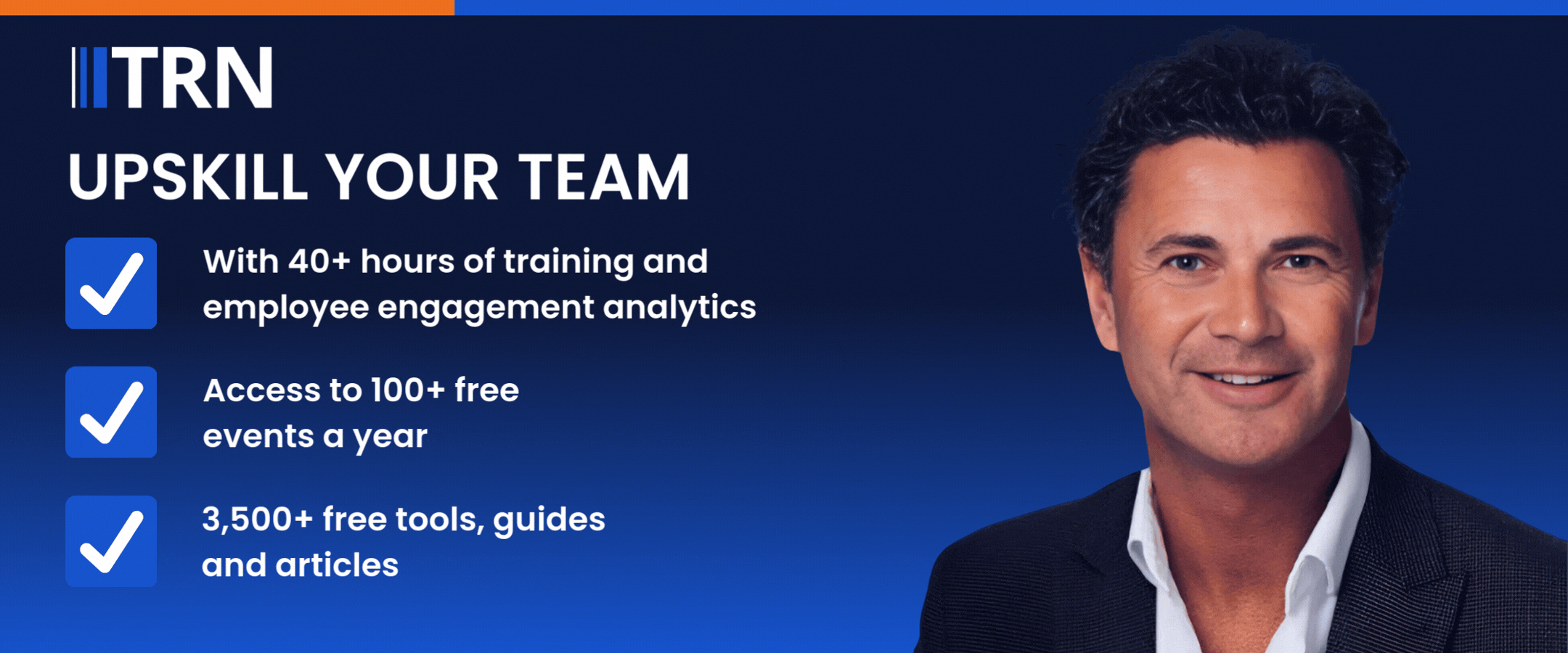The 2025 Salary Guide from Robert Half suggests that businesses are at risk of pushing workers into a well-being crisis as they attempt to manage the extra costs of employment due to the rise in National Insurance Contributions (NICs) and increases in the National Minimum Wage. The Guide has found more than a third (39%) of employers are planning to enforce tougher performance metrics to improve productivity in the workforce. With businesses now paying more for staff due to the increase in NICs and statutory pay, this renewed focus on boosting productivity is a likely result of companies looking to justify higher employment costs.
However, additional data from Robert Half reveals that almost two-thirds (62%) of workers are already worried about being over-worked – suggesting that companies could be on the brink of a widespread workforce fatigue crisis as pressure intensifies to do more with less.
Employers are also re-evaluating their approach to talent attraction and retention in light of rising employment costs. Many are becoming more selective in hiring, focusing efforts on recruiting fewer but more experienced professionals who can deliver higher output, thereby justifying a higher salary spend. Some firms are choosing instead to optimise current teams—often through technology investments and internal upskilling.
At the same time, budget constraints are leading to revised workplace perks and well-being initiatives – factors that had previously helped attract talent in a competitive market. This could present longer-term risks for businesses that still need to compete for top talent, particularly as workers continue to prioritise company culture and work-life balance in their employment decisions.
“We’ve seen a growing trend in worker concerns around mental exhaustion for some time now,” said Matt Weston, Senior Managing Director UK & Ireland at Robert Half. “However, we are now in a position where the majority of staff are worried that they will be over-worked. What is perhaps more concerning is that employers are potentially at risk of exacerbating this issue as they attempt to justify the increased costs of hiring.
“With budgets being stretched, it’s no surprise that companies are looking to improve productivity levels, and with people a company’s greatest asset – but also biggest expense – attentions have understandably turned to the workforce and how to get more value for money. When we also consider that there is a general consensus that recruiting higher-performing individuals requires greater financial investment, it perhaps makes sense that firms are considering how they can get more from their people. In this context, contractors and temporary staff augmentation models could provide a cost-efficient alternative to hiring permanent staff, particularly at a time when hiring costs are on the rise and business critical processes need to be maintained.”
Weston says the risk of staff overload and long-term workforce strain is very real, and employers need to be mindful of the lasting impact this could have. He also notes that it is the responsibility of businesses to protect the well-being of their people at work, and there’s the potential for productivity to be damaged further down the line as staff absences and attrition rates increase.
“It’s understandable that businesses want to improve productivity – particularly at a time when employment costs are so high – but a careful balance needs to be struck so as not to hinder future growth opportunities and longer-term recruitment prospects,” he concluded.





